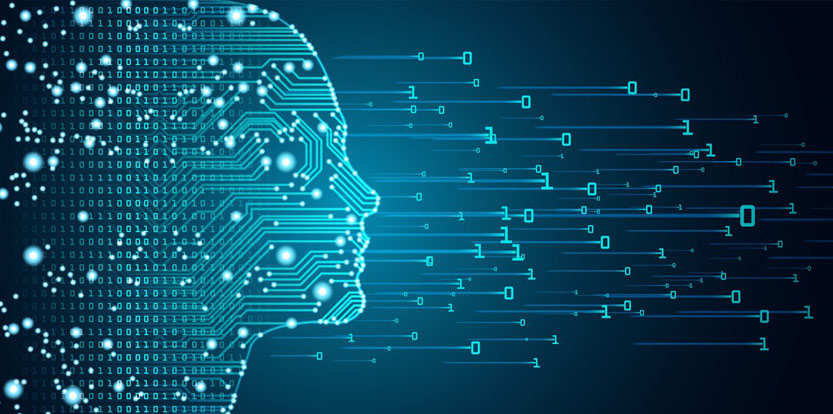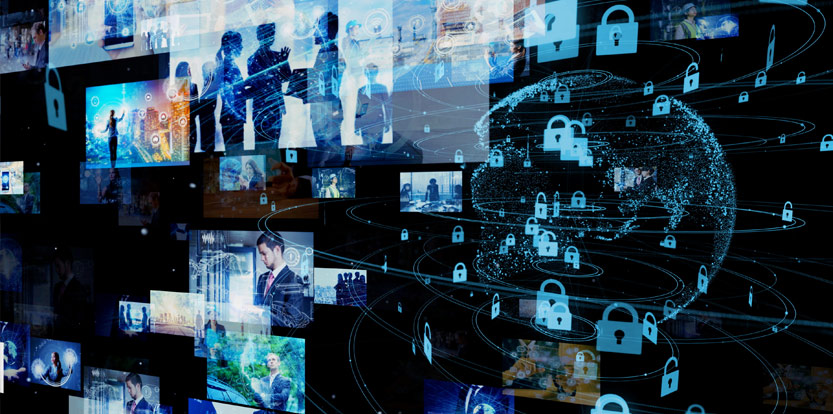Understanding face mask detection technology
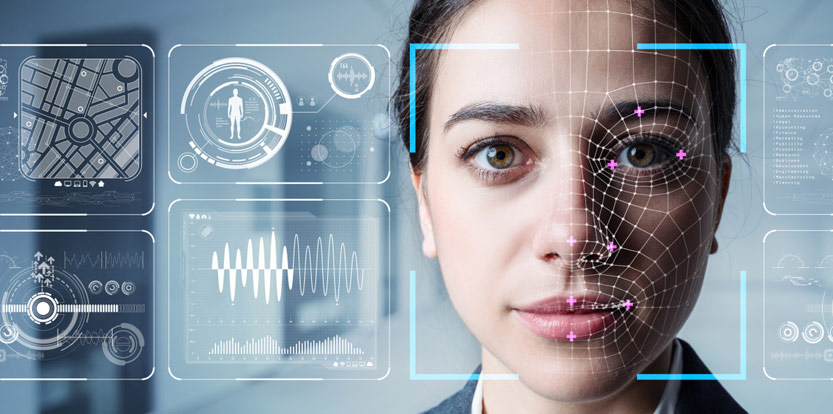
The ability to quickly determine the presence of face masks in large groups of people, or inside buildings, has been an ongoing challenge. While an individual might be wearing a face mask upon entry, they might remove their mask at some point – violating a local, government or other policy.
Identifying those with and without a mask on can be tricky, especially as protecting the health and safety of the general public remains a concern. Human intervention alone is not able to handle this task, especially in situations like public transportation, where face masks are mandated on buses, trains and airplanes, or for college campuses which may require students and faculty wear a mask throughout campus.
This is why many security professionals are turning to face mask detection technology to assist with this responsibility as they implement safeguards to mitigate the spread of COVID-19 or other contagions. While many might be somewhat familiar with face mask detection, there are still many questions regarding the capabilities and uses for this technology.
Face mask detection is an Artificial Intelligence (AI) analytic solution that leverages algorithms and deep learning technology to recognize the difference between a human wearing a face covering and a person who is not wearing one. As machine learning and/or reference models built by machine learning works behind the scenes to enable accurate processing , facial recognition detection technology analyzes a person’s facial region to rapidly identify an individual who is not wearing a mask – even in a crowded setting. This information can then be distributed in real-time to security personnel or as part of a churn report that can be used to help evaluate procedures and policy compliance. Machine learning can either be implemented to continue to dynamically learn or be static and updated through software upgrades of the reference models which can impact pricing and ongoing capabilities.
The benefit of face mask detection is that it automates and streamlines processes by eliminating the need for an employee to stand at the entrance of a retail store, for example. A video management system (VMS) with face mask detection technology can also send an alert when the system detects a person who is not wearing a mask, with notifications delivered through a mobile push notification, email alert or through the VMS system itself. If the VMS is also integrated or unified with access control, the detection of a mask violation can be used to impact door access to help contain and address a potential violation.
Overall, those using face mask detection technology gain valuable knowledge. It can help security professionals understand important trends – such as a majority of people using a fitness facility do not wear a face mask when working out – and then that information can be used to address the situation or develop a policy.
Security solution providers have become technology innovators over the past year and the development of face mask detection technology is a perfect example. Enforcing safeguards can be both difficult and time consuming, especially in today’s COVID-19 world, but face mask detection technology is one tool that can help make that process a little bit easier.
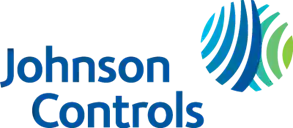




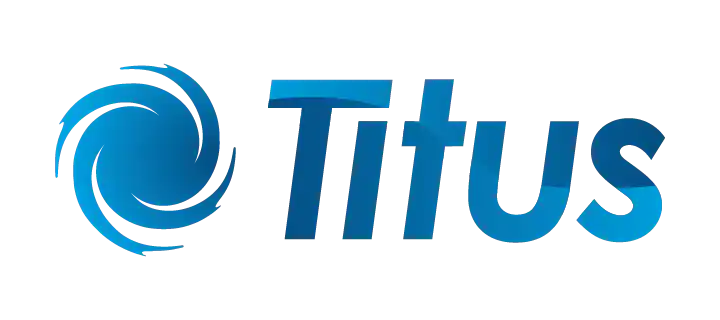



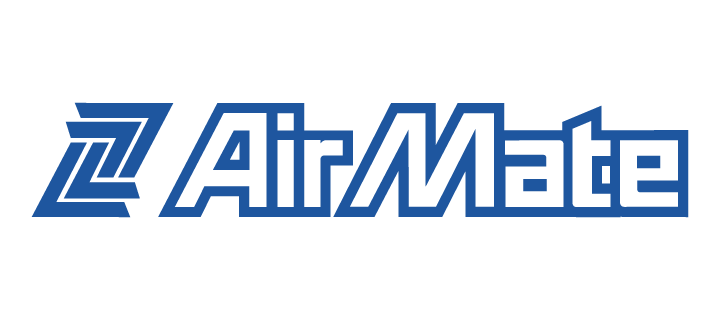
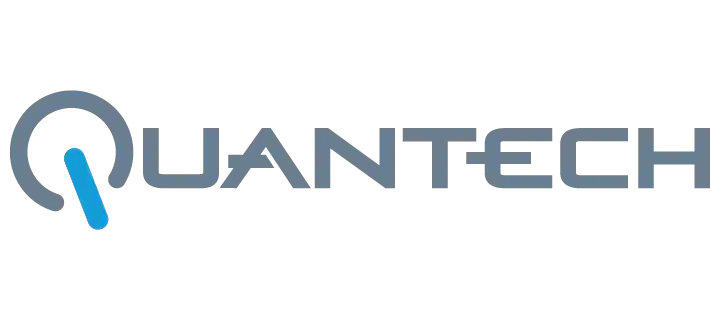



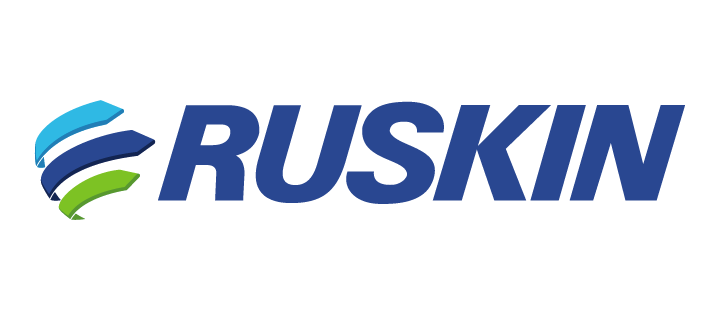
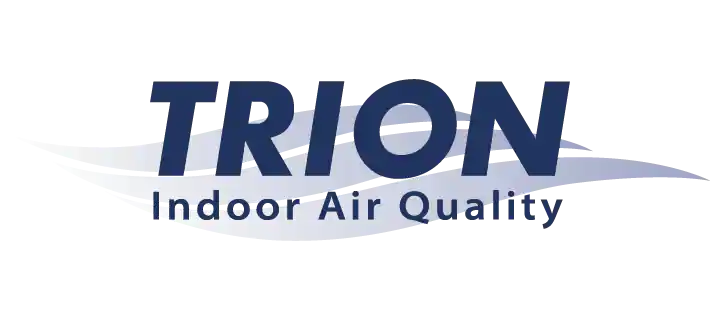
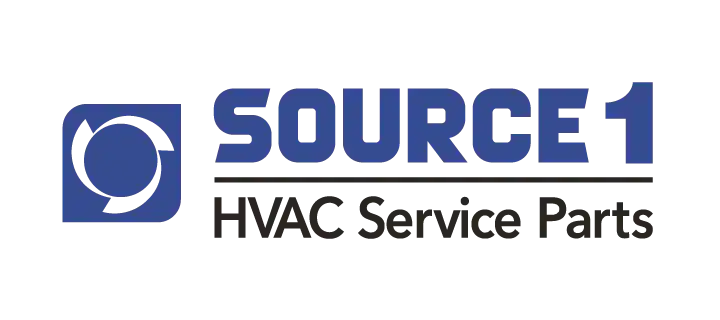
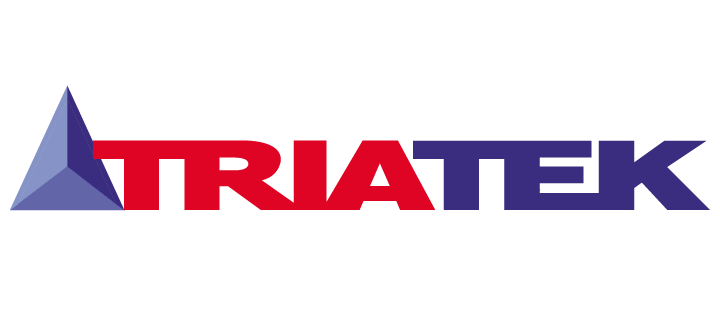






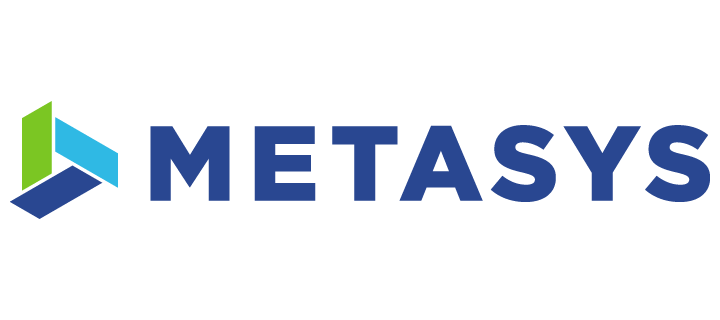
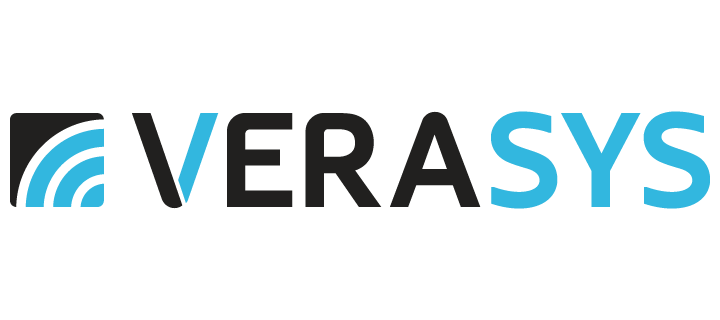


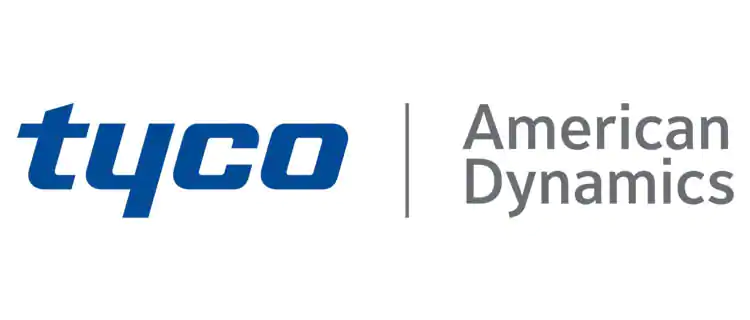

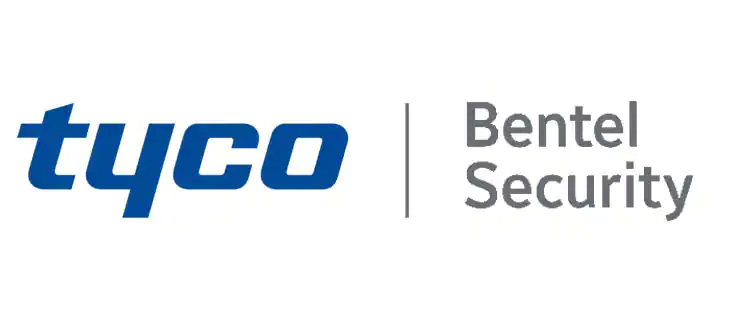
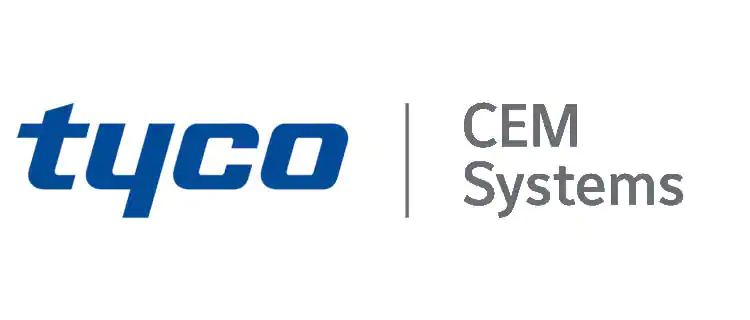
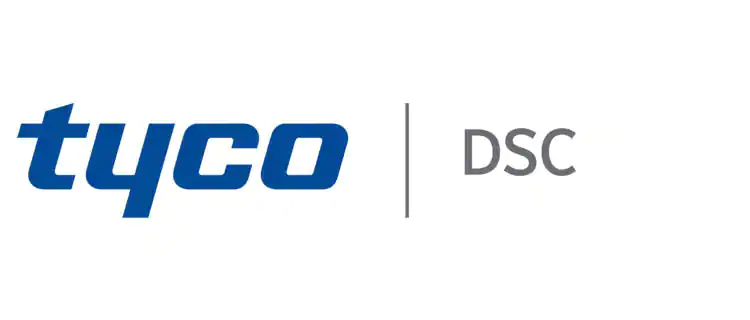
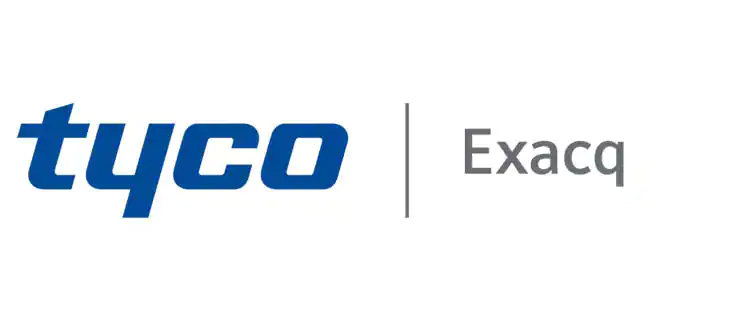
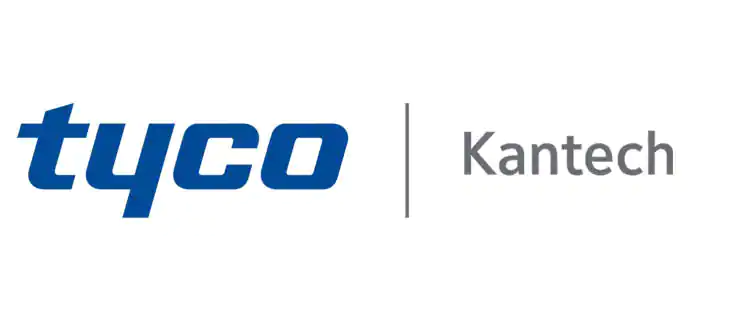

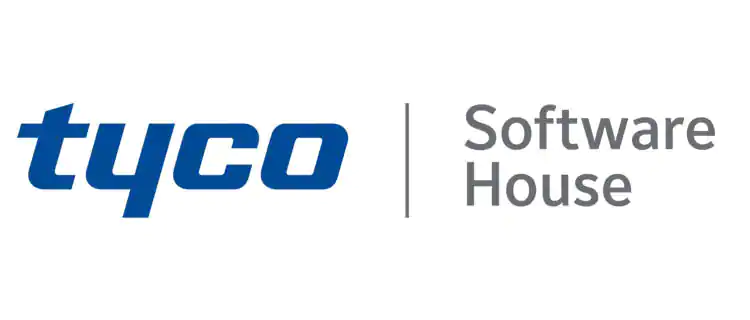
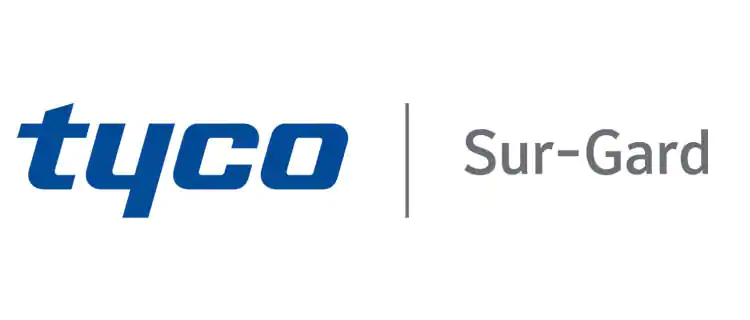
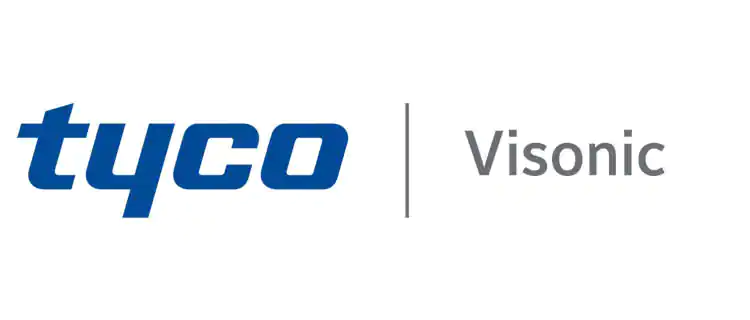
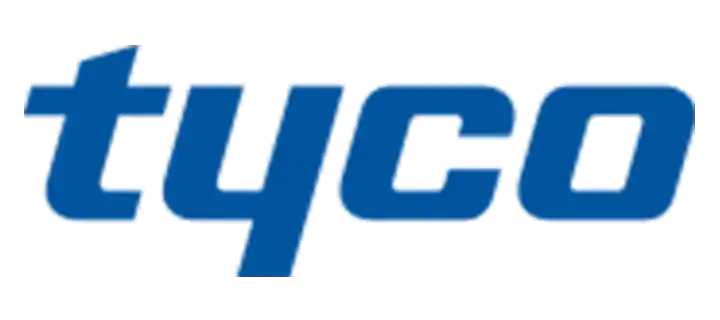

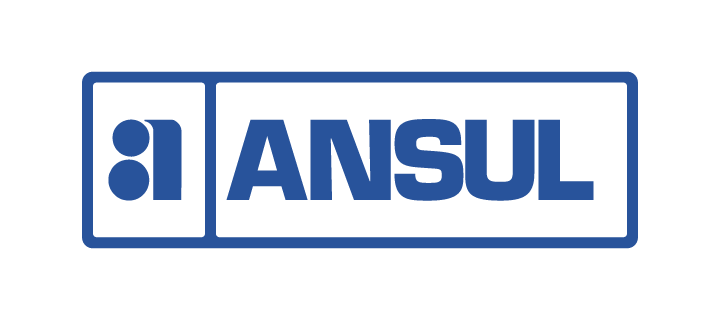





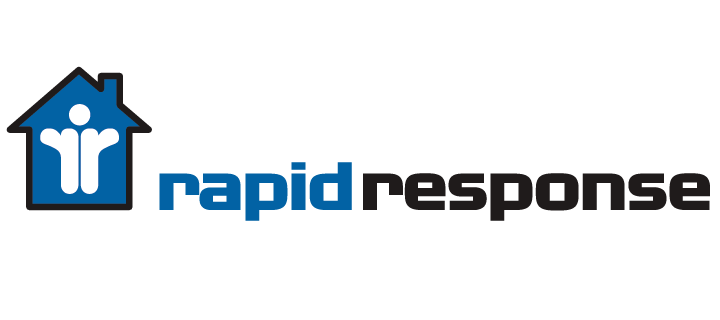











.webp)













